 This has been a very busy summer in Lincoln world. For me personally I have two upcoming presentations in Washington, D.C., including keynoting a major annual event at Fort Stevens. And both are free (so come on down).
This has been a very busy summer in Lincoln world. For me personally I have two upcoming presentations in Washington, D.C., including keynoting a major annual event at Fort Stevens. And both are free (so come on down).
The Lincoln Group of DC, of which I am a Vice President, suspends our monthly dinner meetings and author lectures for June, July, and August. That doesn’t mean we’re not active. In early June we held our annual guided tour, this year at Manassas Battlefield Park. Our monthly Lincoln book study group continues to meet every month except August. And members and officers are busy preparing for future events, publishing the newsletter, reviewing books, and lining up speakers for our fall and spring dinner meetings. [See the Lincoln Group website for the great slate of speakers we have scheduled.]
Lincoln’s Nomination: The next summer event arrives in about ten days from this post. I will join Lincoln Group President John O’Brien and Lincoln Group Recording Secretary Ed Epstein in a special mini-symposium at the New York Avenue Presbyterian Church (“Lincoln’s Church”) in downtown Washington DC. The event takes place Saturday, August 3rd from 10 am to 12 noon. Even better – it’s FREE! The focus will be “Lincoln’s Campaign for the Presidential Nomination” and John, Ed, and I will delve into Lincoln’s renewed political zeal after the passage of the Kansas-Nebraska Act of 1854 and his ensuing path to the surprise Republican nomination. We will also relate it to the eerie parallels to today’s political climate. It’s a program not to be missed. More information on the Lincoln Group website.
Lincoln-Thomas Day Keynote: I’m happy to announce that I will give the keynote address at the annual Lincoln-Thomas Day event to be held Saturday, September 21, 2019 from 12 noon to 2 pm at Fort Stevens, Washington, D.C. The event jointly honors Abraham Lincoln’s signing of the preliminary Emancipation Proclamation on Sept. 22, 1862 and Mrs. Elizabeth Thomas, the free African-American owner of the land that became Fort Stevens (where Lincoln was chastised with “Get down you fool” as he stood in enemy fire on the Fort’s wall). This event is also free to public so please come on down and support me, the National Park Service, and the Military Road School Preservation Trust. More info soon as the organization updates their website.
Beyond that I’m already scheduled to give a talk at a private club in D.C. next April and will be at the annual Lincoln Forum in Gettysburg in November. The Lincoln Group of DC has already scheduled speakers throughout the fall of 2019 and spring of 2020, so check out the Lincoln Group of DC website for more information and join us.
David J. Kent is an avid science traveler and the author of Lincoln: The Man Who Saved America, in Barnes and Noble stores now. His previous books include Tesla: The Wizard of Electricity and Edison: The Inventor of the Modern World and two specialty e-books: Nikola Tesla: Renewable Energy Ahead of Its Time and Abraham Lincoln and Nikola Tesla: Connected by Fate.
Check out my Goodreads author page. While you’re at it, “Like” my Facebook author page for more updates!



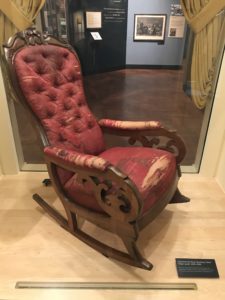 My Chasing Abraham Lincoln tour took me to Dearborn, Michigan to see the chair. “The Chair.” The rocking chair that Abraham Lincoln was sitting in the moment he was assassinated. The chair is in the Henry Ford Museum of American Innovation, which along with its outdoor venue, Greenfield Village, is a treasure trove for Abraham Lincoln aficionados.
My Chasing Abraham Lincoln tour took me to Dearborn, Michigan to see the chair. “The Chair.” The rocking chair that Abraham Lincoln was sitting in the moment he was assassinated. The chair is in the Henry Ford Museum of American Innovation, which along with its outdoor venue, Greenfield Village, is a treasure trove for Abraham Lincoln aficionados.

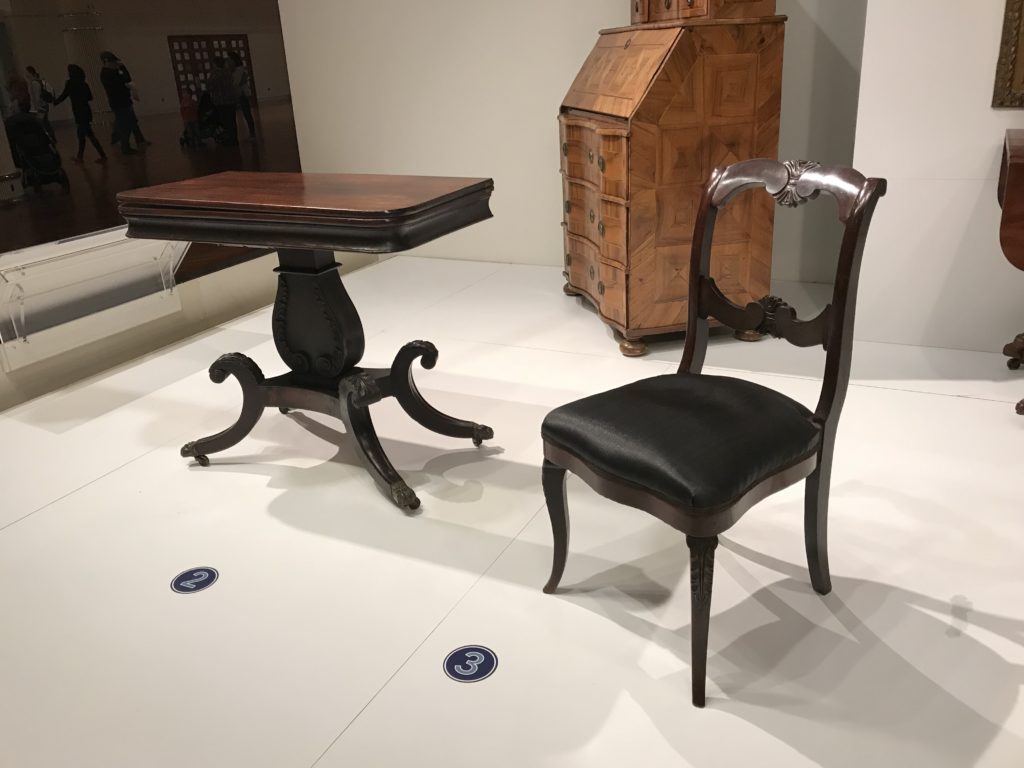
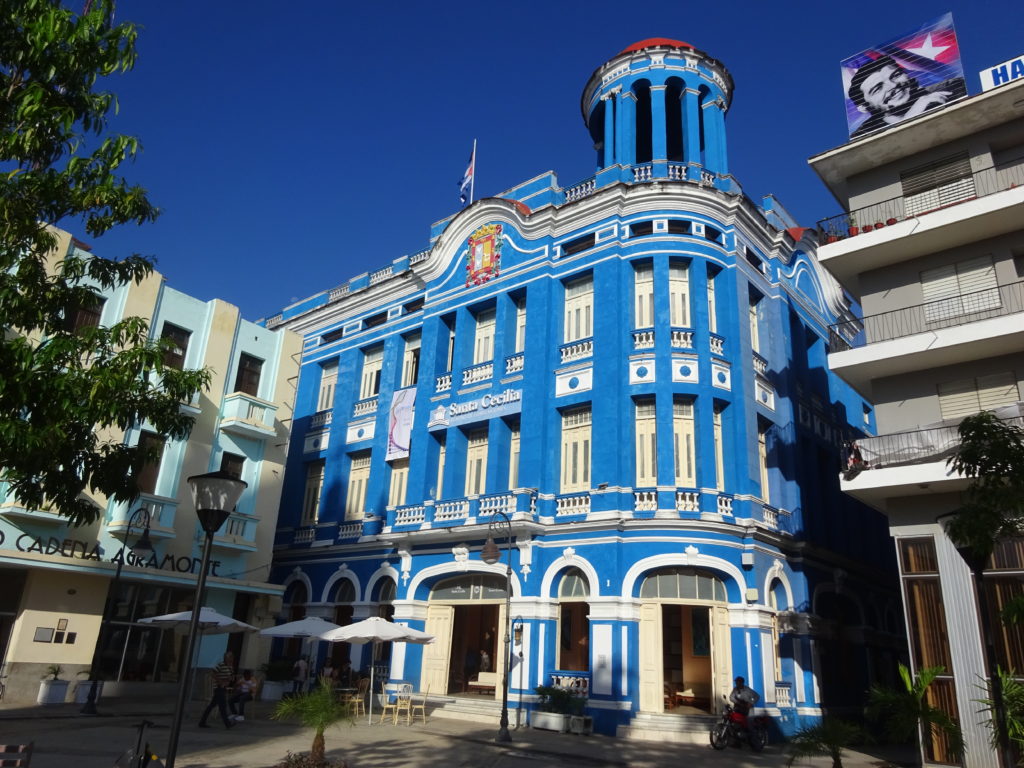






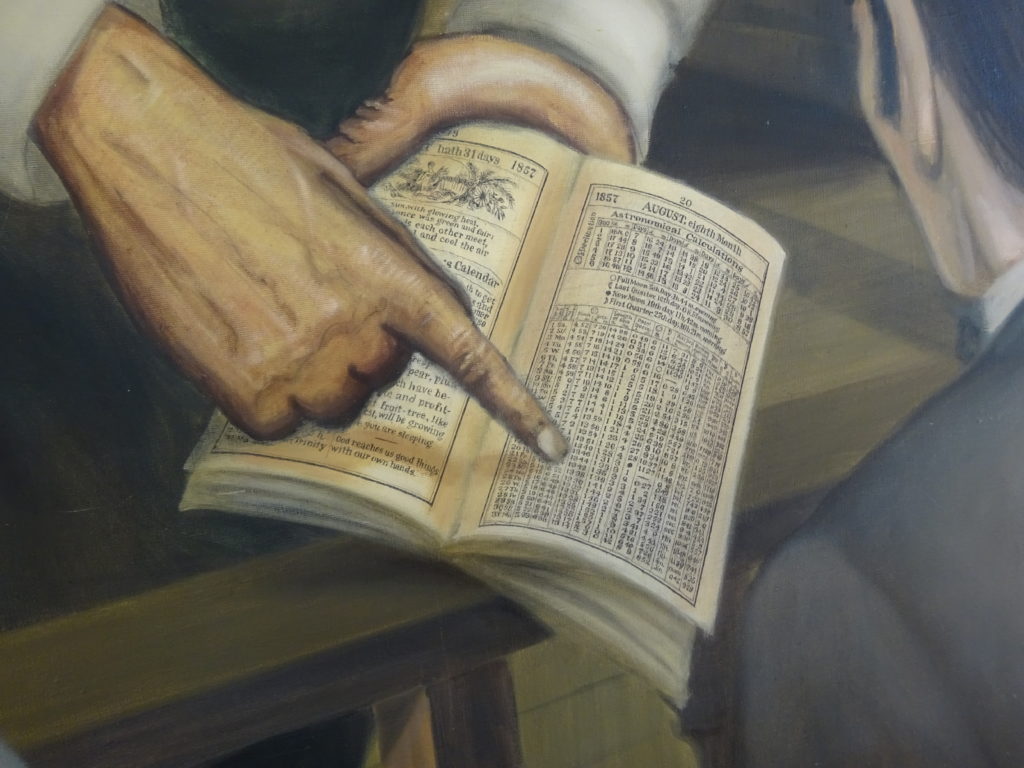




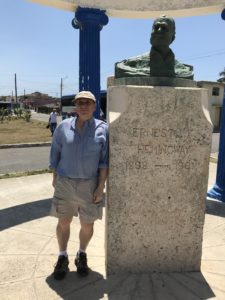 For twenty years of his life, Ernest Hemingway lived on the outskirts of Havana, Cuba. I spent some time recently visiting with the man who wrote The Old Man and the Sea. In fact, I visited the place where the real old man used to put to sea.
For twenty years of his life, Ernest Hemingway lived on the outskirts of Havana, Cuba. I spent some time recently visiting with the man who wrote The Old Man and the Sea. In fact, I visited the place where the real old man used to put to sea.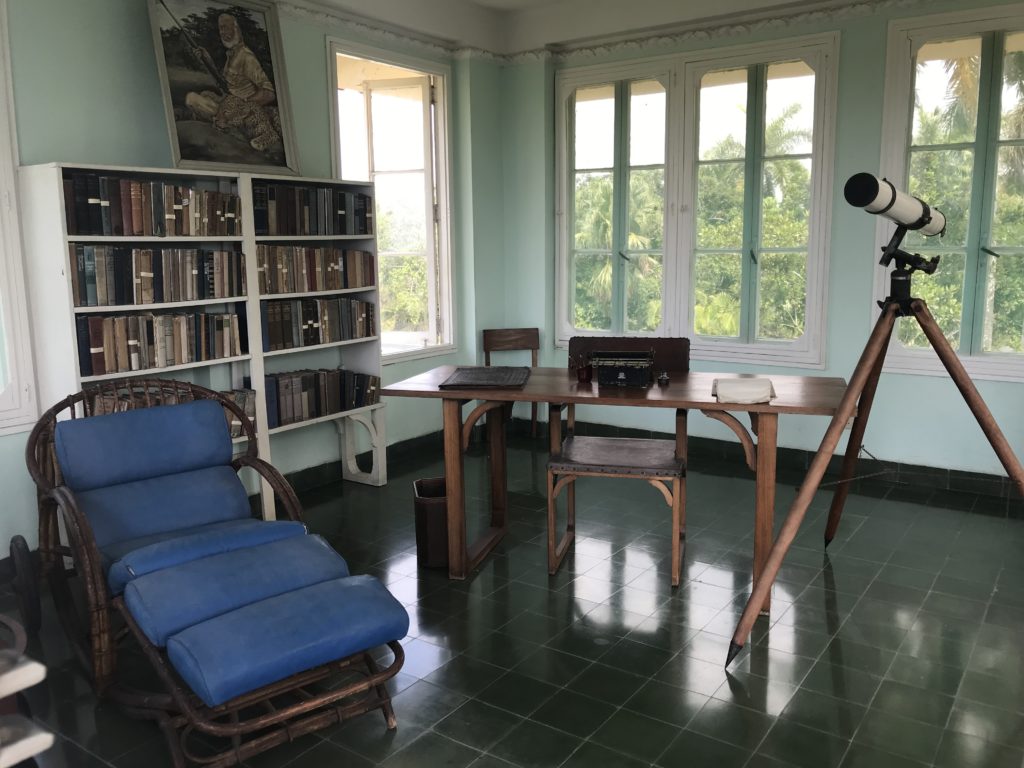
 Last week I had the privilege of visiting with the
Last week I had the privilege of visiting with the 








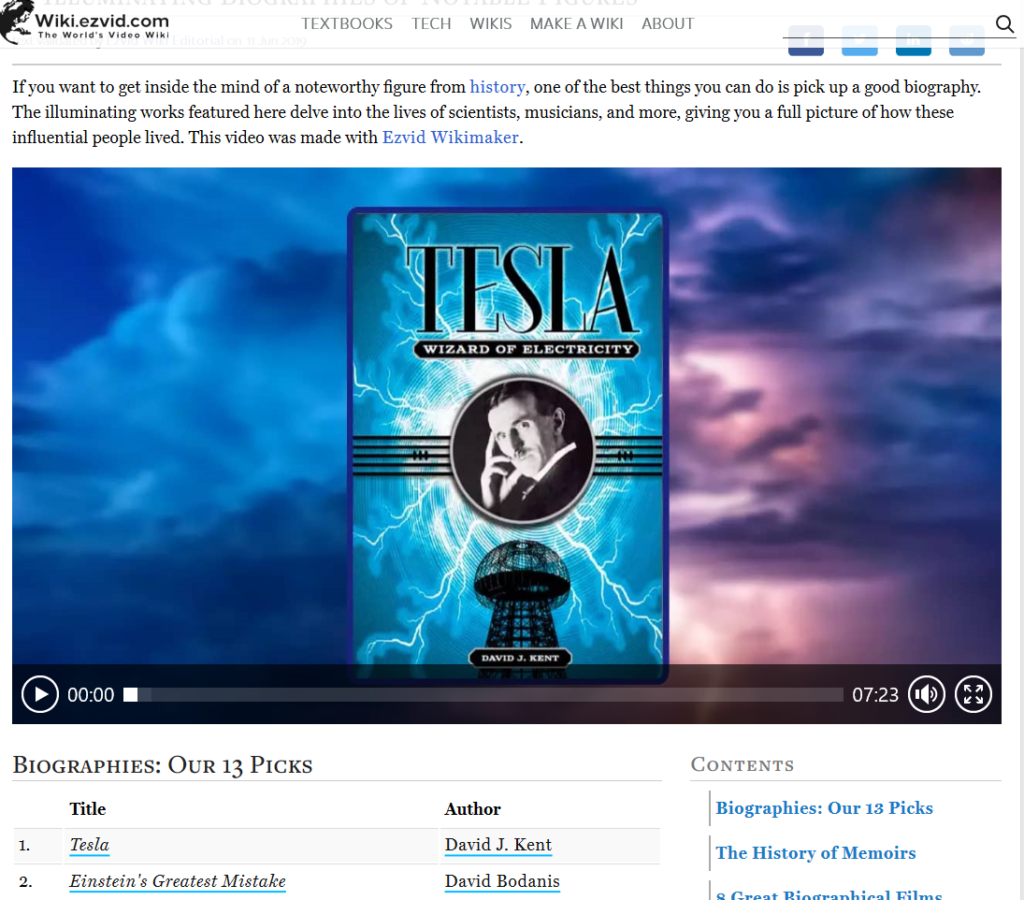
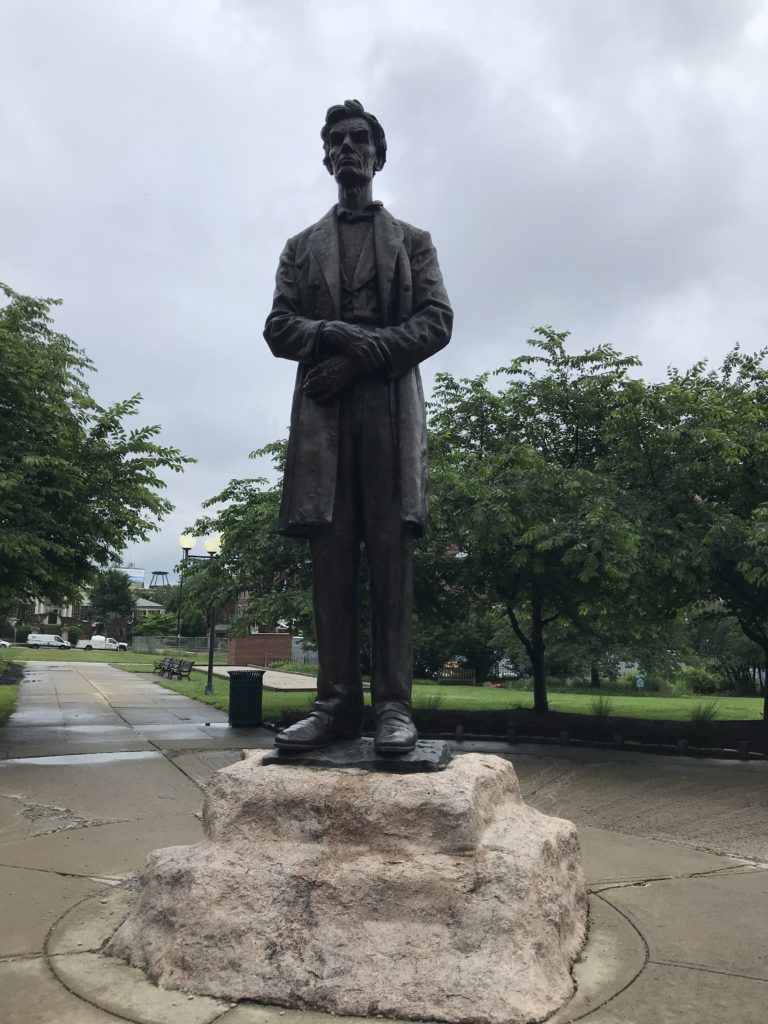 To be honest, it does look like Lincoln is feeling some distress (and not just because I was dodging rain drops to take the photo). The sculptor, George Grey Barnard, intended a frontier Lincoln, dressed his usual frumpy, with his arms clasped in front of him. At 11 feet tall, plus a pedestal, the statue is rather impressive.
To be honest, it does look like Lincoln is feeling some distress (and not just because I was dodging rain drops to take the photo). The sculptor, George Grey Barnard, intended a frontier Lincoln, dressed his usual frumpy, with his arms clasped in front of him. At 11 feet tall, plus a pedestal, the statue is rather impressive.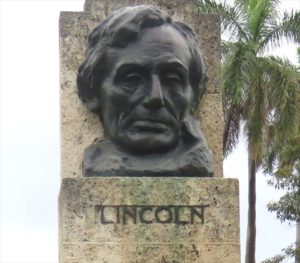 Abraham Lincoln is everywhere. I just saw his bust in a park in
Abraham Lincoln is everywhere. I just saw his bust in a park in  Marianna spoke no English, and my ten words of Spanish were insufficient for a conversation. Through a translator we conversed about the modern dance she and her troupe had just performed. Marianna was one of many “people-to-people” interactions we had during my recent 10-day
Marianna spoke no English, and my ten words of Spanish were insufficient for a conversation. Through a translator we conversed about the modern dance she and her troupe had just performed. Marianna was one of many “people-to-people” interactions we had during my recent 10-day 

















